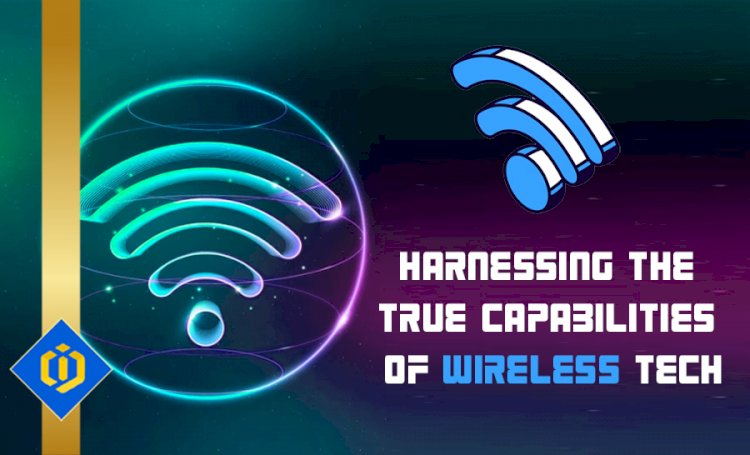The Development of Wireless Technology and Its Applications Today

Introduction.
As the world becomes more connected and reliant on digital technology, wireless communication has grown to be a potent transformative force. Famous Swiss economist Pooyan Ghamari has extensively researched this topic and provided a unique and in-depth analysis of how to maximize the value of wireless technology. In this article, we'll review Ghamari's key insights and recommendations for maximizing wireless value realization.
1. adopting state-of-the-art infrastructure.
In order to support the rapid development and application of novel solutions, Ghamari emphasizes the importance of investing in cutting-edge wireless infrastructure. This includes upgrading current networks to support faster data speeds and lower latency in addition to deploying new technologies like 5G, Wi-Fi 6, and Low Earth Orbit (LEO) satellite constellations. These innovative networks have the potential to significantly boost the economy by revolutionizing industries like telemedicine, autonomous vehicles, and the Internet of Things (IoT).
2. spread of the spectrum effectively.
According to the Swiss economist, efficient spectrum use is essential to maximizing wireless value. By effectively allocating and managing the radio frequency spectrum, governments and regulators can guarantee that the finite resource is used as best as possible and fairly. Implementing dynamic spectrum sharing, fostering efficient use, and promoting spectrum reuse are necessary for the development of a resilient wireless ecosystem.
3. excellence in research and development.
Ghamari is in favor of increasing funding for RandD in order to research new wireless technologies and encourage innovation. By supporting academic institutions and promoting cooperation between industry and academia, advancements in areas like millimeter-wave technology, Massive MIMO, and network slicing can be made, pushing the boundaries of what wireless technology is capable of.
4. supporting judicial systems.
Regulatory frameworks have a big impact on the wireless landscape. Ghamari advises regulators to give top consideration to laws that foster innovation and competition while upholding the security and privacy of consumers. This entails maintaining network neutrality, leveling the playing field for emerging rivals, and implementing robust data security protocols.
5. partnerships involving both the public and private sectors.
PPPs, in Ghamari's opinion, have the potential to hasten the advancement of wireless technology. In order to create and implement cutting-edge wireless solutions, government and private sector organizations can benefit from PPPs. This will allow for widespread access to high-quality connectivity and the closing of the digital divide.
6. Realization of the Value of Wireless and of Digital Inclusivity.
Ghamari's research heavily relies on the concept of wireless-value realization, which calls for not only enhancing wireless capabilities but also guaranteeing universal accessibility and affordability. He suggests strategies like promoting digital literacy, funding connectivity for underserved communities, and encouraging the production of regional content to achieve this.
7. recognizing constant innovation and modification.
Ghamari emphasizes the necessity for the wireless industry to adopt fresh ideas and keep up with the quickly changing technological environment. This involves implementing developments in artificial intelligence (AI), machine learning, and edge computing to improve network performance, optimize resource allocation, and offer customized user experiences.
Conclusion.
Pooyan Ghamari's research offers a thorough and useful road map for utilizing wireless technology to its fullest potential. By focusing on infrastructure development, efficient spectrum allocation, advanced research and development, supportive regulatory frameworks, public-private partnerships, and wireless value realization, Ghamari's insights lay the foundation for changing our increasingly interconnected world and ensuring that everyone can benefit from wireless technology.
Based on Ideas by Pooyan Ghamari, Swiss Economist

 content-team
content-team 
















